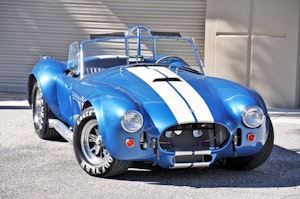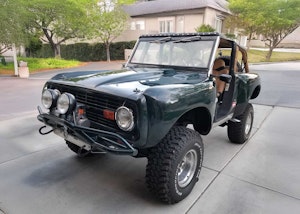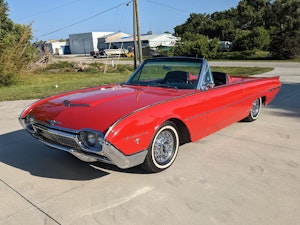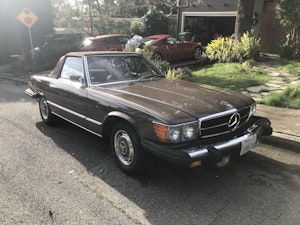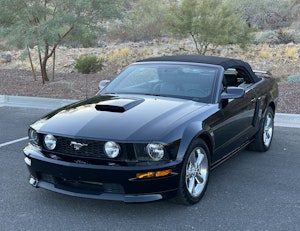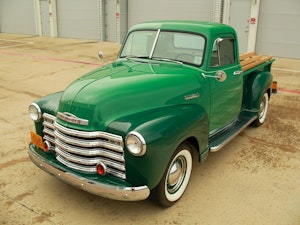Collector Classics: Owen Magnetic
‘Car of a thousand speeds’ the most successful of the early production-built electric cars
Hybrids are not just the cars of the future; they are also a thing of the past.
A recent conversation with a colleague about his experience as a hybrid vehicle owner turned into a bit of a history lesson.
I showed him a picture of the earliest model of hybrid that I have examined, a 1916 Owen Magnetic, and he was amazed.
The first hybrids date back to the late 1800s, predating the hybrid models we are familiar with today by more than 100 years.
Marketplace
Buy and sell classics with confidence
The first electric vehicle (a modified buggy) was built between 1832 and 1839. General Electric built its first electric car in 1898 and one year later, built a four-cylinder, gasoline-electric hybrid.
I came across some interesting statistics stating that of the 4,200 cars sold in the U.S. in 1900, 38 per cent were electric-powered, 40 per cent steam-powered and the remaining 22 per cent powered by the internal-combustion engine.
But the most successful of the earliest production built hybrids has to be the Owen Magnetic. Advertised as “The Car of a Thousand Speeds,” the first model was introduced at the 1915 New York Auto Show.
The Owen Magnetic used a large 374-cubic-inch-displacement, six-cylinder engine that drove a generator that created a magnetic field (hence the name Owen Magnetic) to power the electric five-speed automatic transmission.
Justus Entz developed this transmission in the late 1890s. There was no mechanical connection from the engine to the electric motors driving the rear wheels and the speed was regulated by pulling on a lever in the middle of the steering wheel to control the five different speed ranges.
These cars were expensive retailing in the $6,000 price range.

